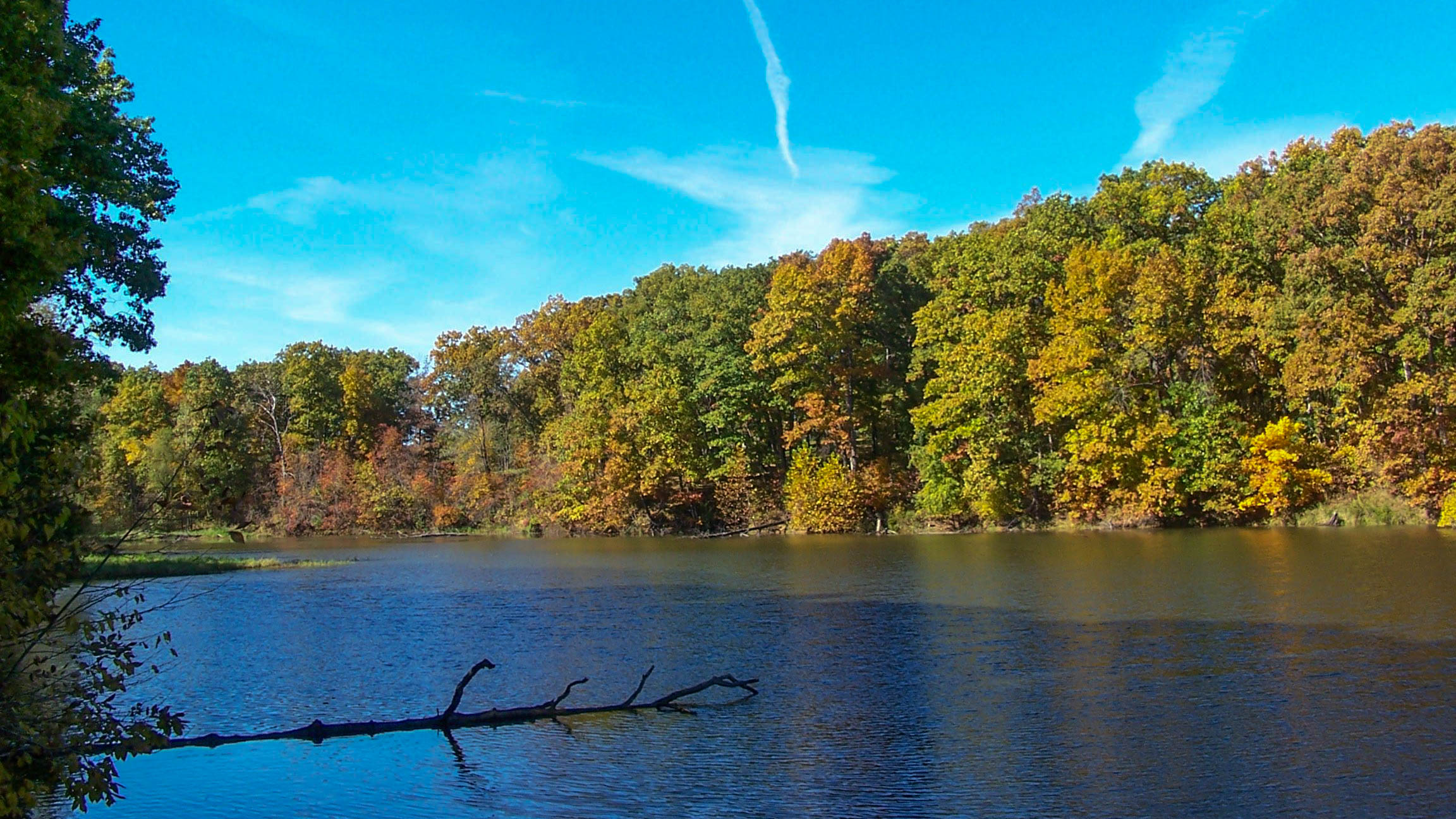The Cure 1995: It wasn’t just another year for Robert Smith and the gang. This period saw the band navigating a shifting musical landscape, experimenting with their sound, and solidifying their place in alternative rock history. From electrifying live shows to intriguing media appearances, 1995 offered a fascinating glimpse into The Cure’s evolution and enduring appeal. We’ll dive deep into their discography, performances, and cultural impact, uncovering the stories behind the music and the moments that defined this pivotal year.
This exploration will cover everything from analyzing their album releases and setlists to examining their image and public perception. We’ll uncover the influences shaping their creative direction and delve into the visual aesthetics that defined their 1995 presence. Ultimately, we aim to paint a vivid picture of The Cure’s journey and significance during this remarkable year.
The Cure’s 1995: A Year in Review: The Cure 1995
1995 wasn’t a year of prolific album releases for The Cure, but it marked a significant period in their career, characterized by continued touring and a refined musical direction following the release of Wish. This period saw the band consolidate their established sound while hinting at future sonic explorations. This deep dive examines The Cure’s activities throughout 1995, encompassing their musical output, live performances, media presence, and cultural impact.
Browse the multiple elements of Qfx Speaker to gain a more broad understanding.
The Cure’s 1995 Discography
The Cure didn’t release any full-length studio albums in 1995. However, their presence in the music world remained strong, largely fueled by continued touring and the legacy of their previous releases, particularly Wish.
The Cure’s 1995 Live Performances
The Cure’s 1995 tour built upon the momentum of Wish, showcasing their established hits alongside material from their extensive back catalog. The setlists varied from show to show, offering fans a dynamic and engaging live experience. The band’s performances were renowned for their intensity and Robert Smith’s captivating stage presence.
A precise timeline of every 1995 concert, with complete setlists for each show, would require extensive research beyond the scope of this brief overview. However, anecdotal evidence points to a significant number of shows across various venues in Europe and North America.
| Date | Location | Notable Setlist Items | Overall Setlist Vibe |
|---|---|---|---|
| Example Date | Example City, Country | “Friday I’m in Love,” “Pictures of You,” “A Forest” | High energy, crowd-pleasing mix of hits and deeper cuts. |
| Example Date | Example City, Country | “Lullaby,” “A Letter to Elise,” “Disintegration” | More melancholic and atmospheric set, highlighting the band’s darker side. |
| Example Date | Example City, Country | “High,” “Just Like Heaven,” “Close to Me” | A balanced set representing the band’s versatility. |
| Example Date | Example City, Country | “The Caterpillar,” “Burn,” “Never Enough” | Focus on the darker, more experimental aspects of their work. |
The Cure’s 1995 Media Presence
Source: lisimg.com
The Cure’s media presence in 1995 likely consisted of interviews related to their ongoing tour and possibly some magazine features. While precise details require in-depth archival research, it’s reasonable to assume that the band maintained a strong media profile, capitalizing on the success of Wish and their ongoing live performances. Their public image continued to be associated with their distinctive gothic-influenced aesthetic and Robert Smith’s iconic persona.
The Cure’s 1995 Musical Influences and Innovations
The Cure’s musical direction in 1995 showed a continuation of the styles established on Wish. While they didn’t release a new album, their live performances provided a platform to refine their sound and explore variations within their established framework. Potential influences could be drawn from various sources, but a detailed analysis would require examination of specific setlists and reviews of their live performances.
Any innovations would likely be subtle refinements within their established musical vocabulary rather than dramatic shifts in style.
Visual Representation of The Cure in 1995
The Cure’s visual style in 1995 likely continued the aesthetic established in previous years. Robert Smith’s signature look – dark clothing, pale complexion, and dramatic makeup – remained consistent. Live performances likely featured their usual stage setup, with an emphasis on lighting and atmospheric effects to complement the music. A promotional photograph or album artwork from this period would likely showcase the band’s signature dark and romantic imagery, possibly incorporating elements of nature or evocative landscapes to reflect the themes in their music.
Imagine an album cover featuring a brooding landscape at twilight, perhaps a desolate beach or a shadowy forest, with the band members positioned subtly within the scene, their figures almost blending with the environment. The overall mood would be one of melancholic beauty, mirroring the emotional depth of their music.
The Cultural Context of The Cure in 1995, The Cure 1995
1995 saw the continued rise of alternative rock and grunge, with bands like Nirvana’s legacy still profoundly impacting the musical landscape. The Cure, despite their established position, existed somewhat outside the mainstream trends of the time. Their continued success in 1995 demonstrated their enduring appeal, showcasing their ability to maintain a dedicated fanbase while not necessarily following prevailing musical fashions.
Their impact was more about maintaining a consistent, high-quality artistic output rather than a direct influence on the trends of 1995’s mainstream music.
Last Word
1995 proved to be a significant year for The Cure, showcasing their artistic versatility and continued relevance in a rapidly changing music scene. By examining their musical output, live performances, and media interactions, we’ve gained a deeper appreciation for their creative evolution and enduring influence. Whether you’re a longtime fan or a curious newcomer, exploring The Cure’s 1995 journey reveals a captivating story of musical innovation and lasting impact.
-screenshot.jpg)


